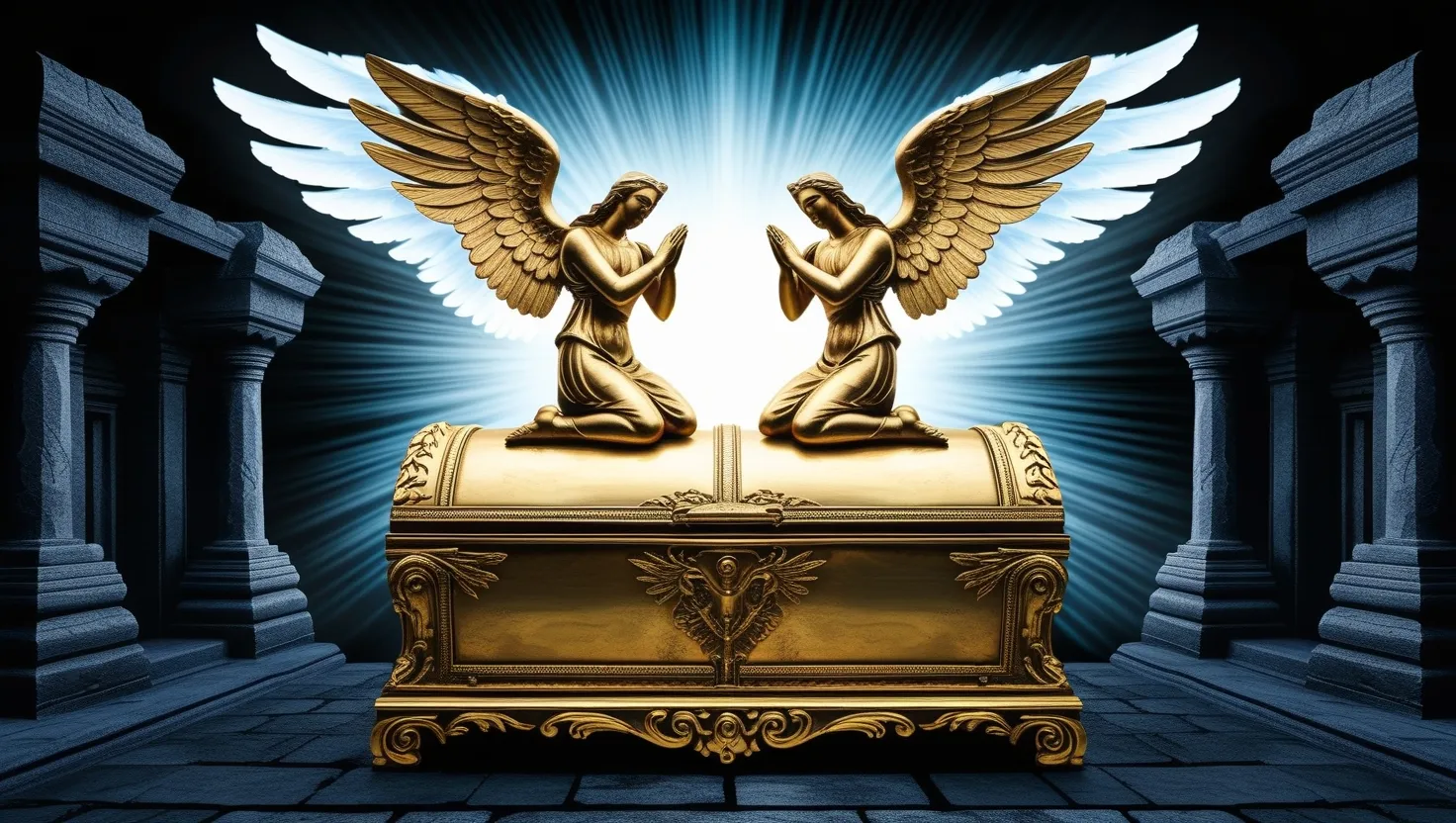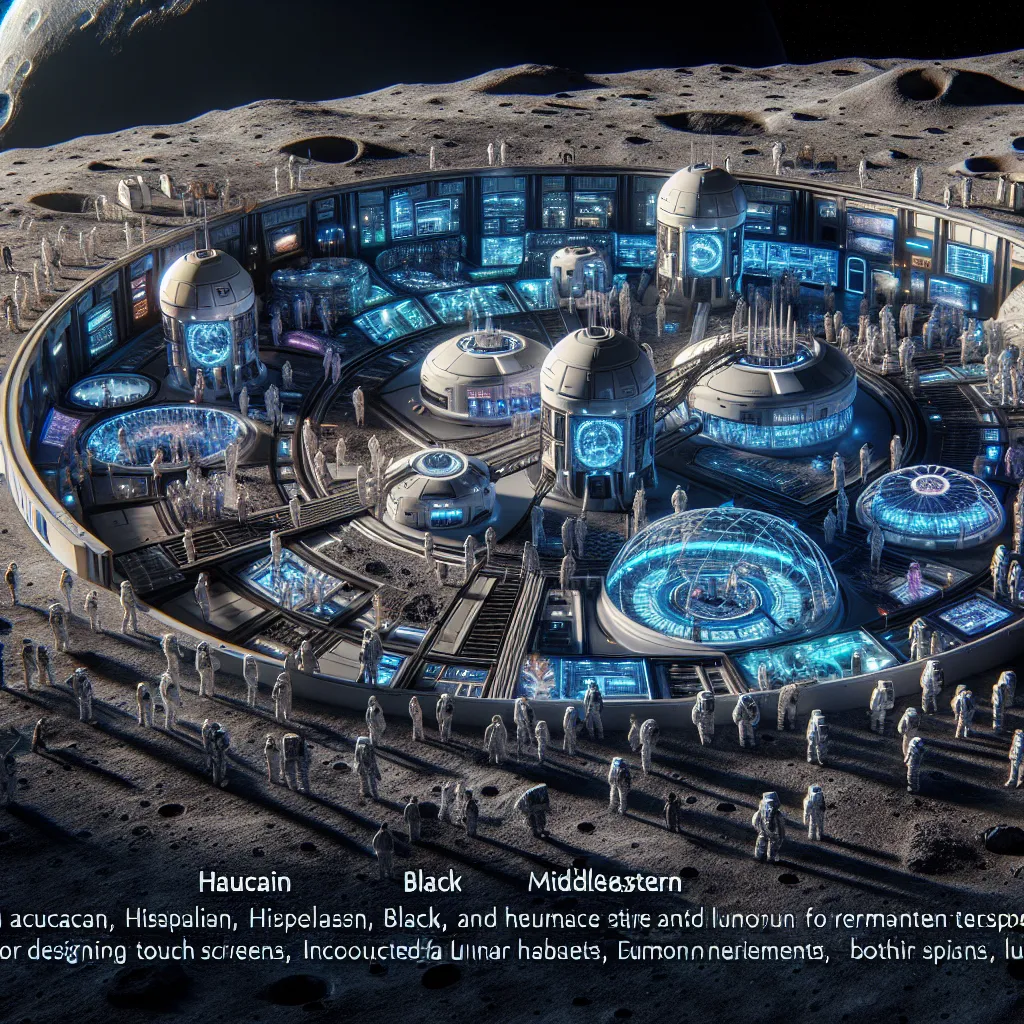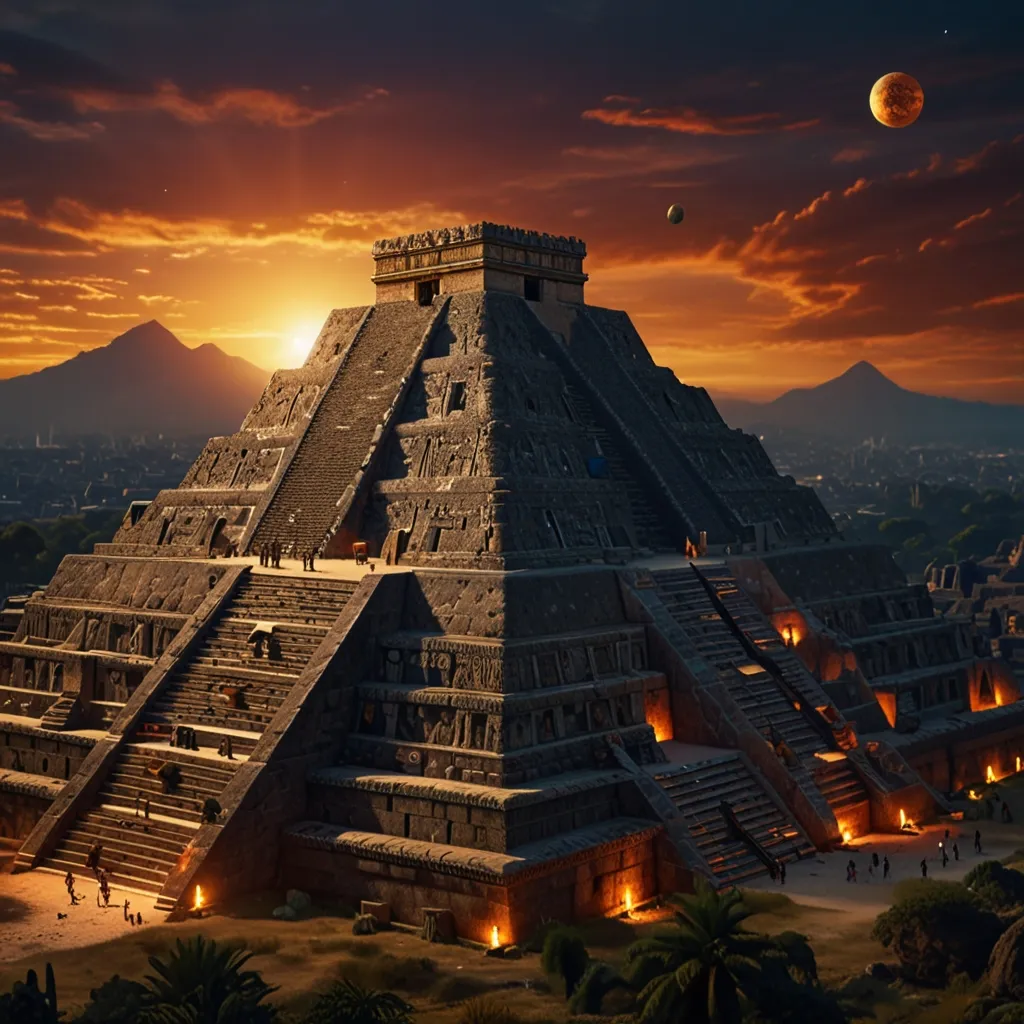If there were ever an object that raised far more questions than answers, it’s the Ark of the Covenant. Even today, mention of the Ark instantly conjures images of holy mystery, legendary power, and a puzzle that refuses to be solved. It’s said to have once held the tablets of the Ten Commandments, maybe even the rod of Aaron and a pot of manna—quite the inventory for an ancient chest lined in gold. What does it mean to actually lose something believed to be the dwelling place of the divine? How can absence echo across so many centuries?
Let’s start with what we think we know. According to the biblical texts, the Ark was built to God’s precise specifications: acacia wood, fully overlaid with gold inside and out, four gold rings, two golden cherubim perched on top. This wasn’t just beautiful craftsmanship. The very presence of the Ark meant the presence of God, or at least the tangible promise of it. When the Israelites journeyed through the desert, it went ahead, carried by priests—sometimes causing rivers to dry up or city walls to tumble. The Ark was the rallying point, the symbol of both nationhood and covenant.
But have you ever wondered why these stories focus so much on who could approach the Ark and how? People died just for touching it or even looking at it the wrong way. Such fierce restrictions aren’t just about ritual—they point to a real anxiety about what it means for divine power to be so close, yet so dangerous. Maybe the sense of loss we feel about the missing Ark has less to do with the thing itself and more to do with what it represents: the uneasy boundary between the mundane and the sublime.
One moment it’s at Shiloh; next, captured by the Philistines, who can’t seem to handle its presence without plagues erupting. When they send it back, the Israelites celebrate, but again catastrophe follows when some look inside out of curiosity. Apparently, knowing and not-knowing walk hand in hand with the Ark. What if the Ark is as much about what we fear as what we hope for?
Jump forward to Solomon’s Temple, where the Ark finally comes to rest in the most sacred inner room—the Holy of Holies. This is where ritual reached its peak. Only the high priest could enter, and only once a year. Can you imagine the tension? Here’s the spiritual heart of Israel, protected and hidden away. For centuries it sits at the core of worship, the center of gravity for an entire people.
But then comes the Babylonian invasion. Jerusalem falls. The Temple is destroyed. And, just like that, there’s a gaping silence. No ancient source tells us exactly what happened to the Ark after this. Did priests hide it? Was it carried off as plunder? Buried beneath the smoldering ruins? From this point, the Ark slips into the fog of legend.
“History is full of missing links,” writes Arthur Conan Doyle. “The work of the historian is never done: each discovery leads onward to a fresh mystery.”
At this stage, the story just starts. Over the years, excavators, scholars, and the overly optimistic have searched for traces. Some argue the Ark lies beneath Jerusalem, tucked into secret tunnels. Others journey to Ethiopia, drawn by claims that the Ark sits in a secluded church in Axum, guarded by a single monk who alone may see it. And then there are the more speculative routes—maybe the Ark disappeared to the Nile’s edge, or was destroyed, its gold melted down and distributed by conquerors.
Curiously, some think the focus on the Ark’s physical location may miss the real point. Why do we expect the holiest object of all time to still be buried somewhere, waiting for discovery? Why assume it must be preserved in oak and gold, unchanged through centuries? For people in the Middle Ages, just stories of the Ark could inspire awe; actual sight was almost beside the point. In fact, by disappearing, the Ark may have become even more influential—the lost center around which hope and speculation circle endlessly.
Are sacred mysteries more powerful when left unsolved? In losing the Ark, maybe believers found what could never be contained: the possibility of God present, yet always elusive. The Ark’s absence invites each generation to imagine what it might mean for the invisible to reside among us.
Of course, the theories don’t stop. Archaeological digs under the Temple Mount: inconclusive. Secret Vatican vaults: rumor. Tunnels, migration, destruction, miraculous translation to heaven—a storm of ideas, none with hard proof. But isn’t that what makes the Ark so compelling? Every lack of evidence seems to make the legend grow rather than shrink. Maybe it’s the ultimate Rorschach inkblot—a sacred mirror for the searching soul.
I can’t help but think about how this quest for the Ark echoes quests in our own lives. Isn’t everyone searching for something lost or out of reach—whether it’s an artifact, a memory, or a sense of grounding purpose? The Ark becomes emblematic of what it means to seek after meaning, even if certainty remains forever just over the horizon.
There’s another angle that fascinates me: the Ark wasn’t only about power or law. At the center of Israelite worship, it symbolized relationship—a meeting point for God and humankind. Suppose the Ark’s loss is something more than a historical puzzle; perhaps it’s a reminder that ultimate answers are never final, that sacredness lies in the ongoing search. We ask, we speculate, we imagine. Each question is a step toward greater depth.
“Not all those who wander are lost,” wrote J.R.R. Tolkien. But maybe some things, even when lost, can make us wander in the right direction.
In Ethiopia, the yearly Timkat festival still includes a ritual parade of a replica Ark—one among thousands made across the world. These are substitutes, but their meaning isn’t any less real for the people who follow them. The true Ark, if it ever surfaces, might surprise us less than we expect. Or would it? How would the world react if it turned up tomorrow—restored, displayed, authenticated beyond doubt?
Let’s stop for a moment. Would proving its existence answer the questions we really care about? Or would it just create new ones? Would sacred power become safer, or simply more familiar and therefore less powerful? In the end, is it the thing itself or the longing for it that matters more?
The Ark of the Covenant’s story is in this paradox—contained and uncontainable, legendary and just possibly real, rooted in the past but pulsing through the present’s imagination. Its physical disappearance only highlights its spiritual persistence.
“Where there is mystery, there is hope,” says Agatha Christie. The Ark’s greatest gift may be the questions it keeps alive: about presence and absence, faith and doubt, and the power of stories to shape us across centuries.






